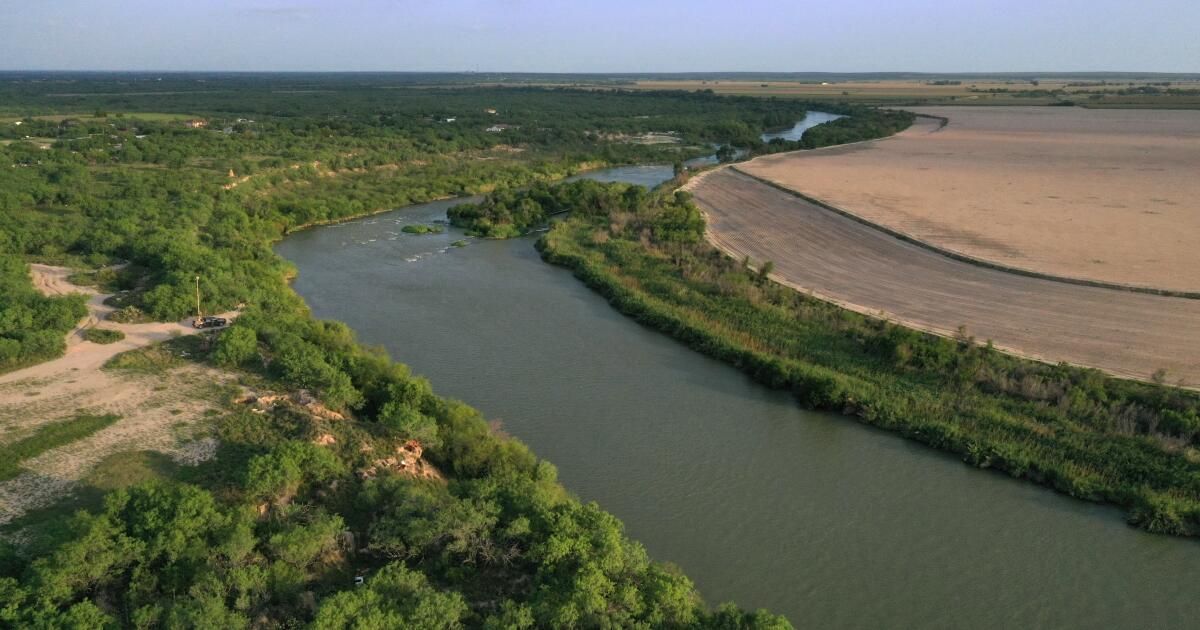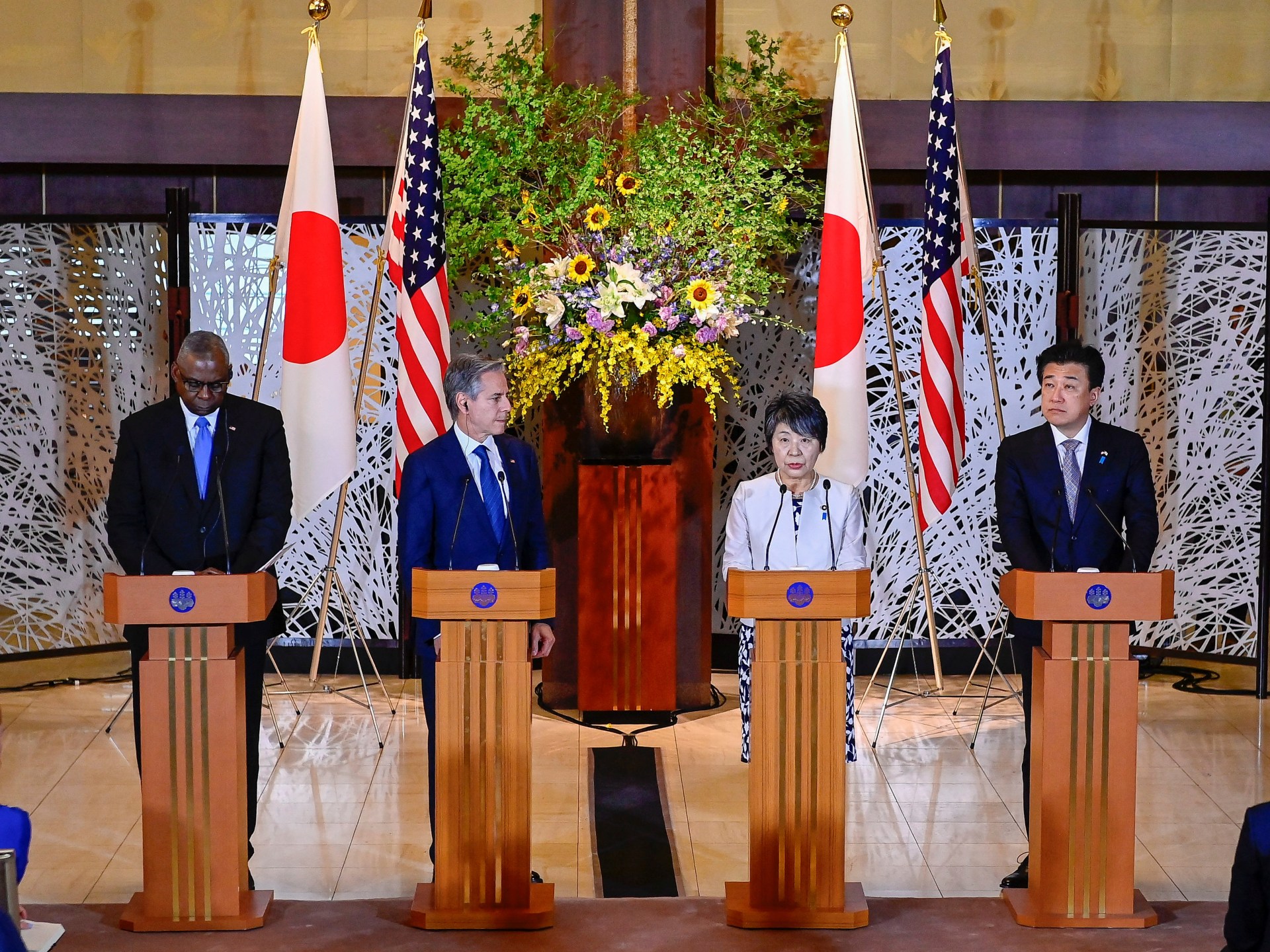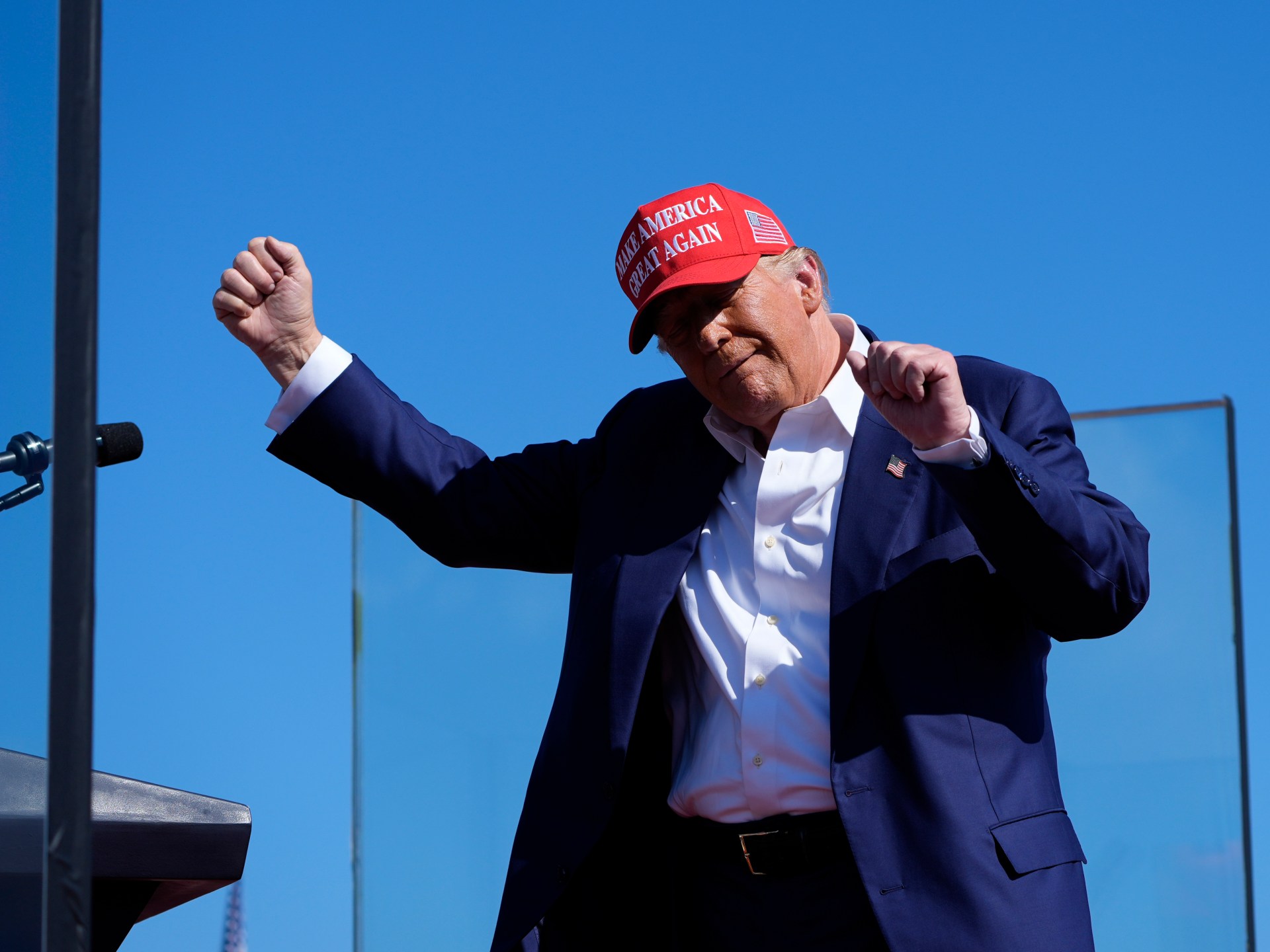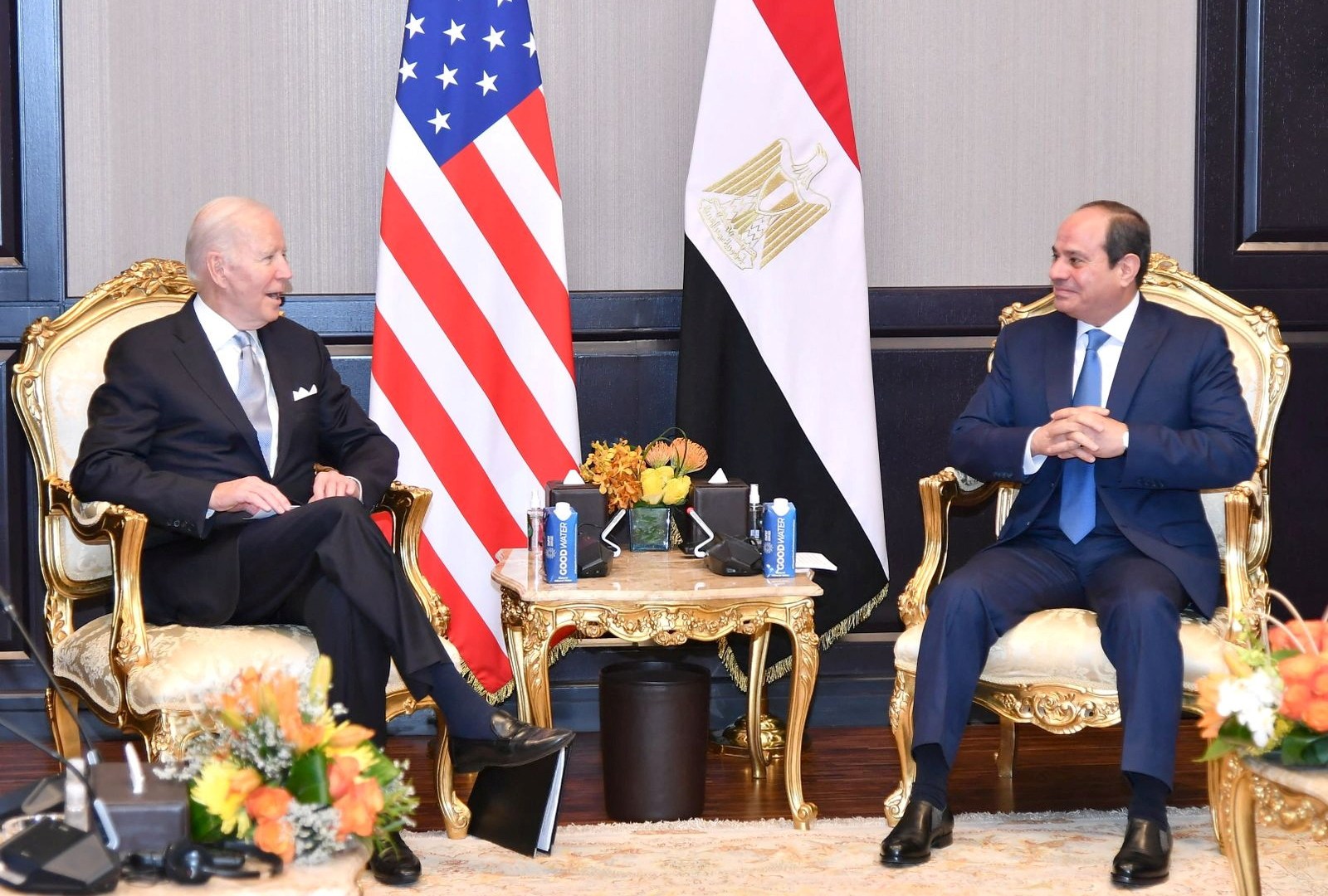Mexico City – A war on water is brewing on the border between the United States and Mexico.
This week, President Trump threatened Mexico with new tariffs for not delivering billions of gallons of water under a 1944 treaty that governs the dispersion of three rivers that are going through both countries.
“Mexico has been stealing the water from Texas farmers,” Trump wrote in Truth Social, warning that “we will continue increasing consequences, including rates and, perhaps even sanctions, until Mexico honors the treaty, and gives Texas the water that is owed to them!”
Mexican President Claudia Sheinbaum says that her country has not lived up to her treaty commitments due to a relentless drought that has affected farmers and ranchers in northern Mexico and left a large industrial city with dry taps.
A farmer is next to the cattle that died of hunger in Sonora, Mexico.
(Gary Coronado/Los Angeles Times)
On Friday, Sheinbaum promised that Mexico would soon deliver “a significant amount” of what he owes, and said his government has met with US officials on the matter for months.
He acknowledged the challenges of honoring a signed pact eight decades ago, long before development retired along the border and scientists discovered that climate change exacerbates drought.
“If there is no water, how do you deliver it?” She asked.
The water battle adds another dimension to relations between the United States and Mexico.
Trump has already imposed tariffs on Mexico: punishment, he says, for the country's failure to combat illegal immigration and fentanyl production and smuggling.
Stephen Mumme, a professor of political science at the Colorado State University who is an expert in the treaty, said that low water levels have left Sheinbaum in a link: “There is much that Mexico can do.”
“I don't know that commercial threats or punitive measures really improve the situation,” Mumme said. “Much of this is determined hydrologically. They cannot manufacture water.”
In the heart of the dispute there is a treaty that requires that the two nations divide the flows of three rivers: the Rio Grande, the Colorado and the Tijuana, through its 2,000 miles shared border.
Under the treaty, the United States must supply water to Mexico from Colorado, which flows from the rock mountains to Baja California.

Mexican president Claudia Sheinbaum gives her her morning press conference at the National Palace of Mexico City on April 2.
(Marco Ugarte / Associated Press)
In turn, Mexico must give water to the United States of the Rio Grande. The river, which extends from Colorado to the coast of Texas, and forms the vast majority of the borders that divide Texas and Mexico. It feeds mainly by tributaries on the Mexican side, so Mexico can control how much water contributes to the river.
Mexico is supposed to deliver 1.75 million water-foil, more than 570 billion gallons, to the United States every five years.
The current cycle ends in October, but so far Mexico has delivered less than 30% of what it owes, according to the International Commission of Bíldicos and Agua.
According to the treaty, Mexico is allowed to take its water debt to the next five -year cycle. Mexico has been forced to do that in the past, for the first time lost its deadline in 1997, and has always paid its debt.
But delays enraged American farmers, who say that without regular water deliveries, they are losing their way of life. Last year, the last remaining sugar mill of Texas closed, and all its 250 employees were fired, because farmers no longer have enough water to grow sugar cane.
The sens. Ted Cruz and John Cornyn, both Texas Republicans, pushed the White House last year to “use all diplomatic tools at their disposal” to make Mexico comply with the treaty.
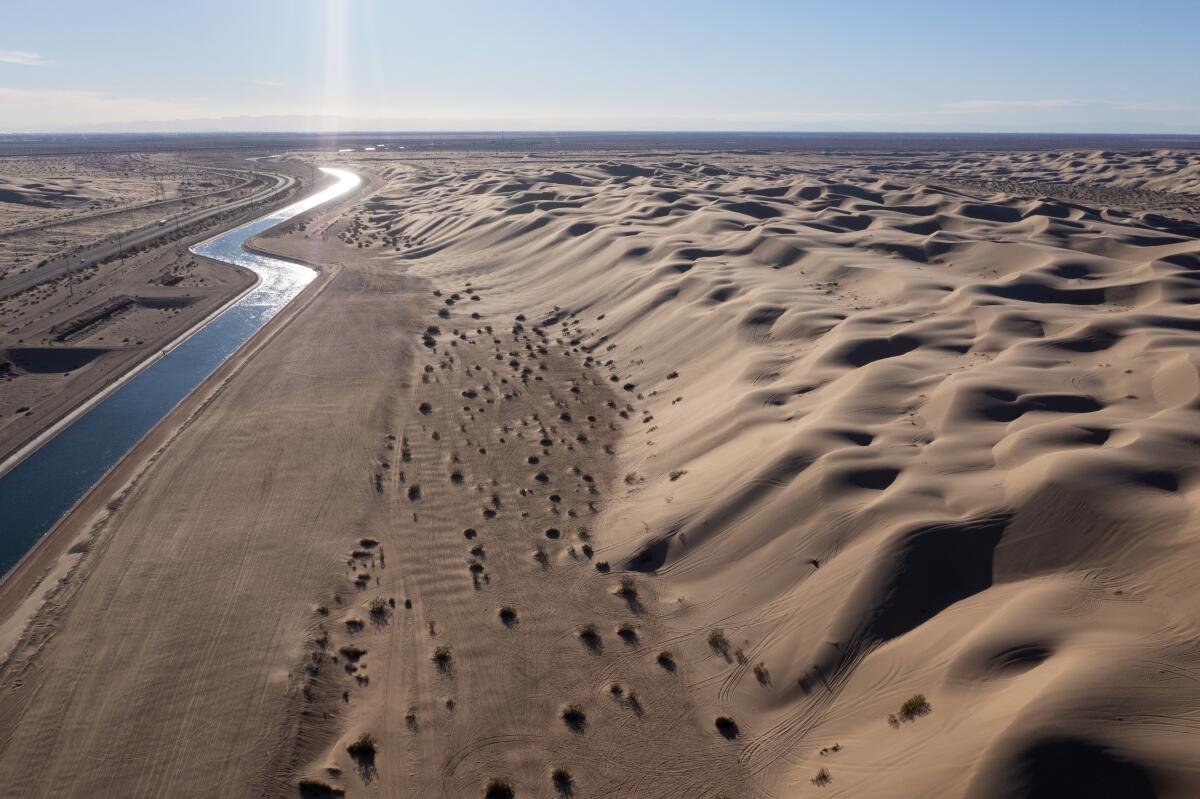
The Coachella channel is a 122 -mile aqueduct that transmits water from the Colorado River for irrigation to the Northwest from the US channel to the Coachella Valley in Riverside County.
(Brian van der Brug/Los Angeles Times)
Brian Jones, a farmer from southern Texas who cultivates cotton, corn and soybeans, celebrated Trump's promise to punish Mexico if he delays water deliveries. For three years, Jones said, he had been able to plant only half of his usual harvest.
“I don't have a drop of water more than yesterday,” he said. “But now I have the president of the United States saying that he will fight for me.”
Since he assumed the position in January, Trump has hung the possibility of tariffs on Mexican imports to gain cooperation on issues that include immigration and security.
On March 4, he imposed a 25% rate in all goods imported from Mexico. Two days later, he suspended most of them, although the new tariffs on the cars made there entered into force on April 3.
The Mexican economy has received great success, with uncertainty scaring new investors.
Because Mexico depends intensely on sending exports to the United States, Sheinbaum has tried largely to appease Trump. And while she gave a conciliatory tone on the issue of water on Friday, calmly describing her tariff threat as “the way of communicating of President Trump”, it is also under considerable domestic pressure on the subject.
In 2020, a woman from Chihuahua was killed during clashes between the National Guard troops and Mexican farmers, who forcibly blocked the dams used to send flows from the Río Grande to the United States.
The former Mexican president Andrés Manuel López Obrador decided to give Texas water from a different source: two international dams on the border.
But that had its own unexpected consequences.
In 2022, the taps dried in parts of the extensive industrial metropolis of Monterrey, with many of the 5 million residents of the region without regular current water for months.

The authorities blamed a drought that has almost completely dried prey and a history of water management. In 2022, residents in Monterrey, Mexico, have only had water that extends from their taps for a few hours every day.
(Gary Coronado/Los Angeles Times)
To download the toilet, wash clothes, wash the dishes or bathe, residents were forces to transport water by hand of the wells.
Beyond drought, the demand for water has shot in recent years, thanks in part to the explosion of manufacturing centers such as Ciudad Juárez, which is opposed to El Paso and Monterrey.
Mumme said he could not imagine a scenario in which Mexico was able to meet all its water obligations in October.
“Trying to extract more water from a system that does not have it is just a fool message,” he said.
Cecilia Sánchez Vidal in the Mexico City of The Times contributed to this report.

